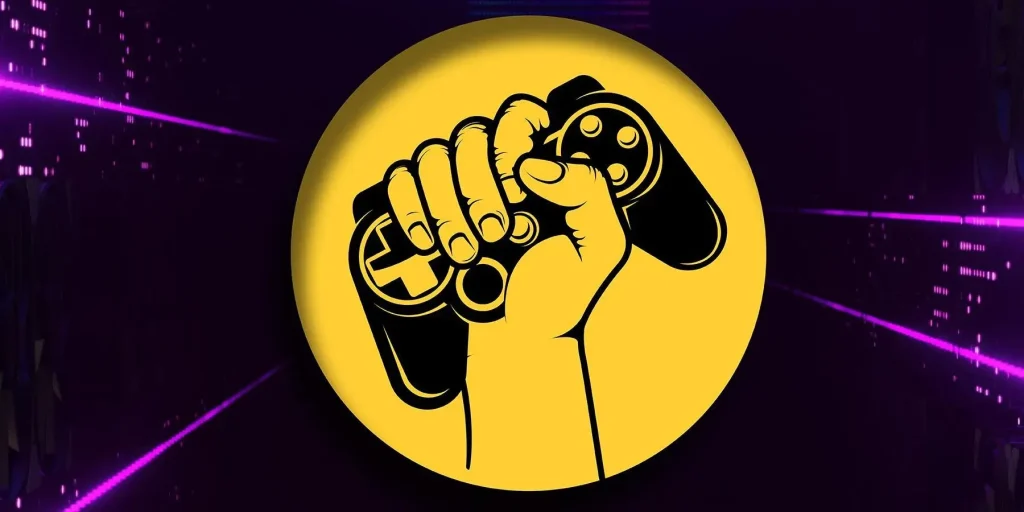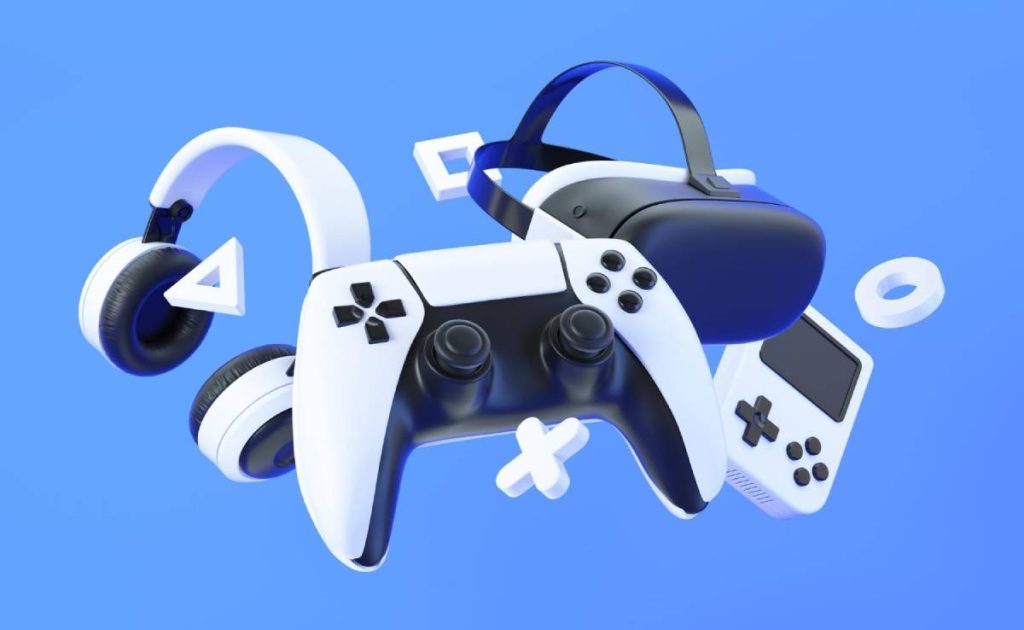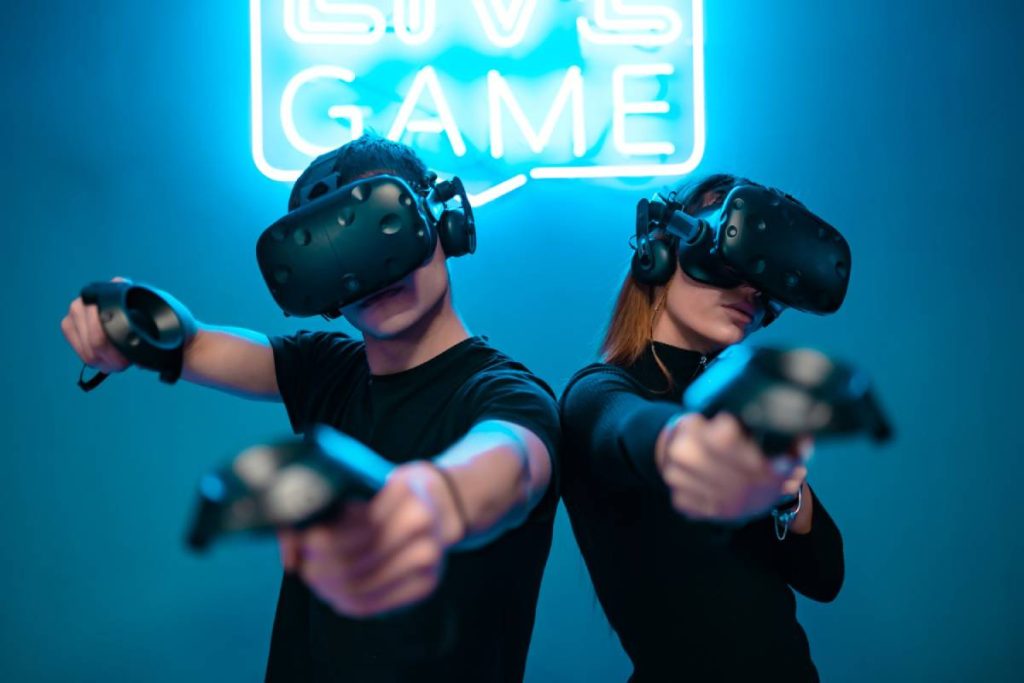The video game actors strike that began last July highlighted significant concerns within the gaming industry, particularly regarding AI and the rights of video game performers. As the saga unfolded, players like Activision, EA, and Epic Games faced intense negotiations driven by the need for a fair SAG-AFTRA agreement. This past week, good news emerged as a tentative agreement was reached, promising essential protections for actors’ livelihoods in the face of AI advancements in gaming. With an emphasis on video game performers’ rights, this deal not only safeguards individual artists but also potentially reshapes industry standards. As the community waits for ratification, the focus now shifts to the implementation of the new Interactive Media Agreement and its implications for future gaming industry negotiations.
The recent developments surrounding the gaming performers’ strike signify a turning point in the relationship between video game actors and major gaming corporations. Following a lengthy standoff, negotiations have yielded promising results as SAG-AFTRA has reached a preliminary deal with several industry giants, ensuring that players’ rights are prioritized. This breakthrough comes amidst rising concerns about AI’s role in gaming and its impact on the creative workforce. The expected ratification of this agreement is not only crucial for enhancing the working conditions of voice actors and other performers but also sets a precedent for future discussions and contracts within the interactive media landscape. As the industry adapts to new challenges, these gains could pave the way for equitable practices in the evolving gaming sphere.
Understanding the Video Game Actors Strike and Its Impact
The video game actors strike, which commenced in July 2023, has been a crucial event for the gaming industry, primarily focusing on the rights and protections of video game performers. Actors within this sector expressed growing concerns over the implications of artificial intelligence (AI) in gaming, especially regarding their performances being replicated without proper compensation or consent. SAG-AFTRA’s commitment to addressing these AI concerns in the recently announced tentative agreement showcases a significant shift in how the industry is poised to treat its talent. By negotiating with key players like Activision and Electronic Arts, the union has made strides toward securing better rights for its members.
This strike is not just a battle for better pay but an essential stand for performers’ rights in an ever-evolving industry. As the gaming landscape continues to intersect with advanced technologies such as AI, the implications for creative rights have become a focal point for negotiation. The resolution of the strike could serve as a model for protecting video game performers’ rights in the face of future technological advancements, ensuring that artists are safeguarded as the industry progresses.
SAG-AFTRA’s Tentative Agreement: A Turning Point in Gaming Negotiations
The tentative agreement reached by SAG-AFTRA is viewed as a pivotal moment in the ongoing negotiations within the gaming industry. This agreement, which addresses various concerns including AI-related issues, represents not just an end to the strike but also a new beginning for how negotiations are handled in the future. The inclusion of AI guardrails highlights a progressive step toward recognizing the potential risks that AI poses to the livelihood of video game performers. The agreement signals a willingness among employers to engage meaningfully with the concerns raised by their talent.
In his press release, SAG-AFTRA’s national executive director emphasized the importance of the Interactive Media Agreement in these negotiations. This framework is designed to ensure that video game performers are treated fairly and compensated adequately for their contributions. With the promise of future negotiations looming—already hinted at by SAG-AFTRA leaders—this tentative deal may very well lay the groundwork for stronger protections and rights for performers in the gaming industry, marking a significant shift from past practices.
AI Concerns in Gaming: Addressing Performer Rights
AI concerns have rapidly emerged as a dominant topic of discourse within the gaming industry, particularly during the recent video game actors strike. Many performers have rightly feared that AI could diminish their roles, replacing human talent with machine-generated performances. SAG-AFTRA has been at the forefront of these discussions, advocating for rules and agreements that safeguard the creative rights of performers while acknowledging the technological advancements that accompany AI. The new tentative agreement is expected to delineate clear boundaries for AI usage in video gaming, ensuring that performers retain control over their creations.
By establishing these vital ‘AI guardrails,’ the agreement not only protects existing jobs but also opens avenues for new creative collaborations between human performers and AI technologies. This balance is critical in a landscape where AI is increasingly integrated into gameplay mechanics, storytelling, and character development. As the gaming industry evolves, the focus on performer rights amid AI innovations will be more pressing than ever, giving everyone in the industry a compelling reason to align their efforts in support of these vital changes.
The Role of Interactive Media Agreements in Industry Changes
Interactive Media Agreements like the one negotiated by SAG-AFTRA play a critical role in aligning the interests of video game performers with the broader objectives of game companies. These agreements not only set the precedent for how talent is compensated but also define the operational parameters for future collaborations amid technological shifts. As the gaming industry becomes more complex with the integration of AI and other emerging technologies, such agreements are essential in ensuring that performers are equipped with protections that are responsive to these changes.
The ongoing dialogues that emerge from these agreements can pave the way for more comprehensive negotiations in the future. Companies are recognizing the necessity for fair and equitable terms that value performers’ rights while simultaneously pursuing innovation and profitability. Moving forward, the evolution of these agreements reflects the industry’s commitment to growth while respecting the contributions of those who bring characters to life, ensuring that performers are empowered in an ever-evolving landscape.
The Future of Video Game Performance: Post-Strike Reflections
As the gaming industry anticipates the end of the video game actors strike, reflections on the future of video game performance are beginning to emerge. The tentative agreement reached indicates a newfound respect for the rights of performers and an acknowledgment of the complexities introduced by emerging technologies like AI. The post-strike period presents an opportunity for the industry to rethink its approach to talent, with a focus on inclusivity, fair compensation, and comprehensive agreements that prioritize the welfare of those involved in video game production.
Looking ahead, the role of video game performers will likely evolve as both the gaming landscape and technology progress. SAG-AFTRA’s achievements in negotiating better terms may inspire other unions and industries facing similar dilemmas with AI and performer rights. This momentum toward securing protections can lead to a revitalized perspective on collaboration between games developers and performers, ensuring that the artistry of video games continues to thrive and be celebrated amid rapid technological advancements.
The Significance of Ratification Processes in Labor Agreements
The ratification process is a vital step in finalizing labor agreements, including the one recently negotiated by SAG-AFTRA for video game actors. Once the National Board reviews the tentative agreement, its acceptance by the union members is crucial in solidifying the terms under which they will work in the future. Ratification serves as a litmus test for the members’ confidence in the union’s negotiating capabilities and the benefits the agreement promises to deliver, particularly concerning the rights of performers amid a backdrop of AI concerns.
This process not only legitimizes the agreement but also reinforces the solidarity among performers who advocated for their rights during the strike. As members weigh the pros and cons of the new terms, the team effort behind the negotiations will be evident in their voting outcomes. A successful ratification can cement the notion that collective bargaining remains a powerful tool, showcasing the effectiveness of unions in securing favorable working environments and conditions.
Navigating the Gaming Industry’s Future: Embracing Change
The conclusion of the video game actors’ strike marks a significant turning point as the gaming industry navigates its future amidst rapid technological advances. With companies now more aware of the importance of performer rights, the landscape is transforming. This change indicates a willingness to embrace new norms, not only in terms of technology but also in how creators are recognized and compensated for their work. The future of gaming will likely be characterized by collaborations that respect the contributions of all involved, including performers who bring characters to life.
Moving forward, the importance of ongoing dialogue between game companies and performers cannot be overstated. As the industry adapts to the challenges posed by AI and evolving player expectations, maintaining an open line of communication will be essential in addressing any emerging concerns. The groundwork laid during the strike, particularly concerning the rights of performers, will undoubtedly shape the next phase of the gaming industry’s evolution, driving it toward a fairer and more inclusive environment for all.
Preparing for Future Negotiations: Lessons Learned from the Strike
The experiences gleaned from the video game actors strike will play a crucial role in shaping future negotiations within the gaming industry. As SAG-AFTRA prepares for its next round of bargaining, the lessons learned from this strike will serve as a foundation for securing even more favorable terms for performers. The collective resolve demonstrated by union members has emphasized the importance of speaking out against inequitable practices, particularly those brought about by advancements in technology such as AI.
Future negotiations should build on the principles established during this strike—namely the necessity for fair representation and compensation for all performers. By taking a proactive stance and establishing sound strategies based on past experiences, SAG-AFTRA can ensure that video game performers remain at the forefront of discussions regarding their rights and the industry’s responsibilities. Ultimately, the resolve shown during this strike may contribute to a more sustainable and equitable future for all in the gaming sector.
The Role of Unions in Protecting Performer Rights in Gaming
Unions such as SAG-AFTRA play an indispensable role in advocating for the rights of video game performers as they navigate an increasingly complex industry landscape. These organizations provide a collective voice for performers, empowering them to negotiate better agreements and protect themselves against unfair practices in the face of technological advancements like AI. The recent strike highlighted just how essential these unions are in pushing for protections that ensure artists are not only compensated fairly but also recognized as valuable contributors to the creative process.
Moreover, the impact of unions extends beyond immediate contractual negotiations; they foster a culture of solidarity and support among professionals in the industry. The video game actors strike illuminated the power of collective action, reminding all stakeholders in the industry that the value of performers should never be underestimated. As the gaming landscape evolves, the role of unions will remain crucial in advocating for justice and fairness, ensuring that performers can thrive even as they navigate the challenges posed by new technologies and shifting industry dynamics.
Frequently Asked Questions
What is the current status of the video game actors strike and the SAG-AFTRA agreement?
The video game actors strike, which began on July 16, 2023, is nearing a conclusion after SAG-AFTRA reached a tentative agreement with major gaming companies. This agreement addresses critical issues, including AI concerns in gaming, and is pending approval by the National Board and ratification from the members.
What were the main issues that led to the video game actors strike?
The video game actors strike primarily arose due to AI concerns in gaming, alongside demands for improved rights and protections for video game performers under the Interactive Media Agreement. These issues prompted SAG-AFTRA to seek better terms, culminating in the current negotiations.
How do the recent SAG-AFTRA negotiations impact video game performers’ rights?
The recent SAG-AFTRA negotiations aim to enhance video game performers’ rights, establishing crucial AI guardrails that protect their livelihoods in the evolving gaming industry. The tentative agreement signifies progress in securing fair compensation and treatment for performers.
When will the details of the SAG-AFTRA agreement regarding the video game actors strike be released?
Details of the SAG-AFTRA agreement concerning the video game actors strike will be disclosed following ratification materials’ release, which is expected in the coming weeks. Until then, specifics on how the agreement addresses AI concerns and other issues remain under wraps.
What effects did the video game actors strike have on the gaming industry?
The video game actors strike highlighted significant AI concerns and issues surrounding video game performers’ rights within the gaming industry. It prompted negotiations aimed at securing better working conditions, ultimately influencing how game companies approach future agreements under the Interactive Media Agreement.
Why is the tentative SAG-AFTRA agreement important for the future of AI in gaming?
The tentative SAG-AFTRA agreement is crucial as it establishes essential AI guardrails, addressing video game performers’ concerns about AI use in the industry. It sets a precedent for how performers are treated and ensures their rights are protected in an era increasingly influenced by artificial intelligence.
What are the next steps following the video game actors strike if the SAG-AFTRA agreement is ratified?
If the SAG-AFTRA agreement is ratified, the next steps will involve planning for subsequent negotiations to continue improving conditions for video game performers. SAG-AFTRA leadership has emphasized that every contract is a work in progress, and they remain committed to advocating for performers’ rights.
| Key Points | Details |
|---|---|
| Strike Overview | The video game actors’ strike began on July 16, 2023, due to concerns over AI and other issues. |
| Tentative Agreement | SAG-AFTRA has reached a tentative agreement with several major game companies. |
| Companies Involved | Activision, EA, Epic Games, Disney, and more are part of the agreement. |
| Strike Status | The strike will continue until the agreement is finalized and ratified by the members. |
| AI Concerns | The agreement addresses AI guardrails to protect performers’ livelihoods. |
| Leadership Statements | SAG-AFTRA leaders express gratitude for performers’ sacrifices and emphasize progress negotiation. |
| Next Steps | Ratification materials will provide further details on the agreement. |
Summary
The video game actors strike has been a significant event in the gaming industry, highlighting critical issues around artificial intelligence and labor rights. With a tentative agreement now in place, there is optimism that the strike, which began over a year ago, may soon come to a close. The collaborative efforts of SAG-AFTRA and the game companies involved reflect a commitment to addressing the needs of video game performers. This deal not only aims to safeguard their interests against the potential threat of AI but also sets the stage for future negotiations to continue advancing their rights and benefits in a rapidly evolving industry.



